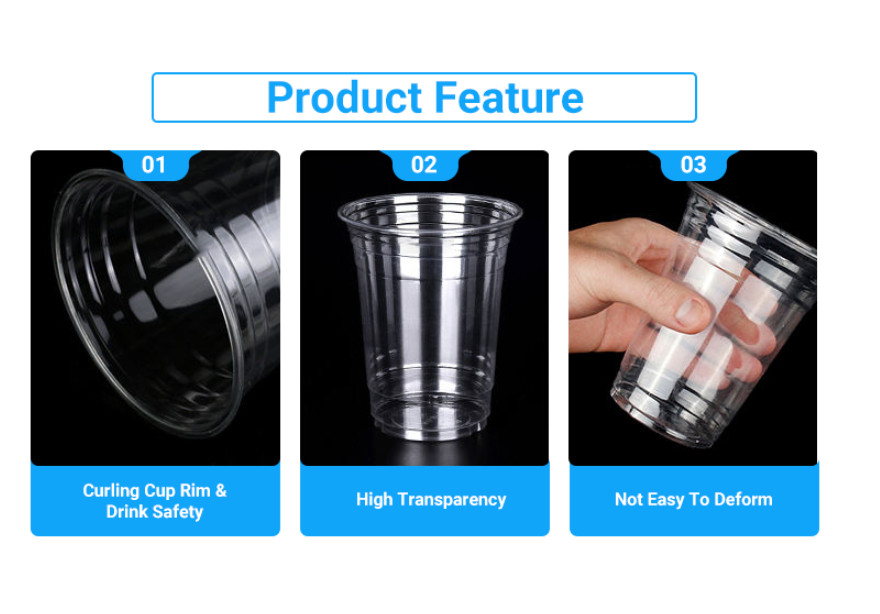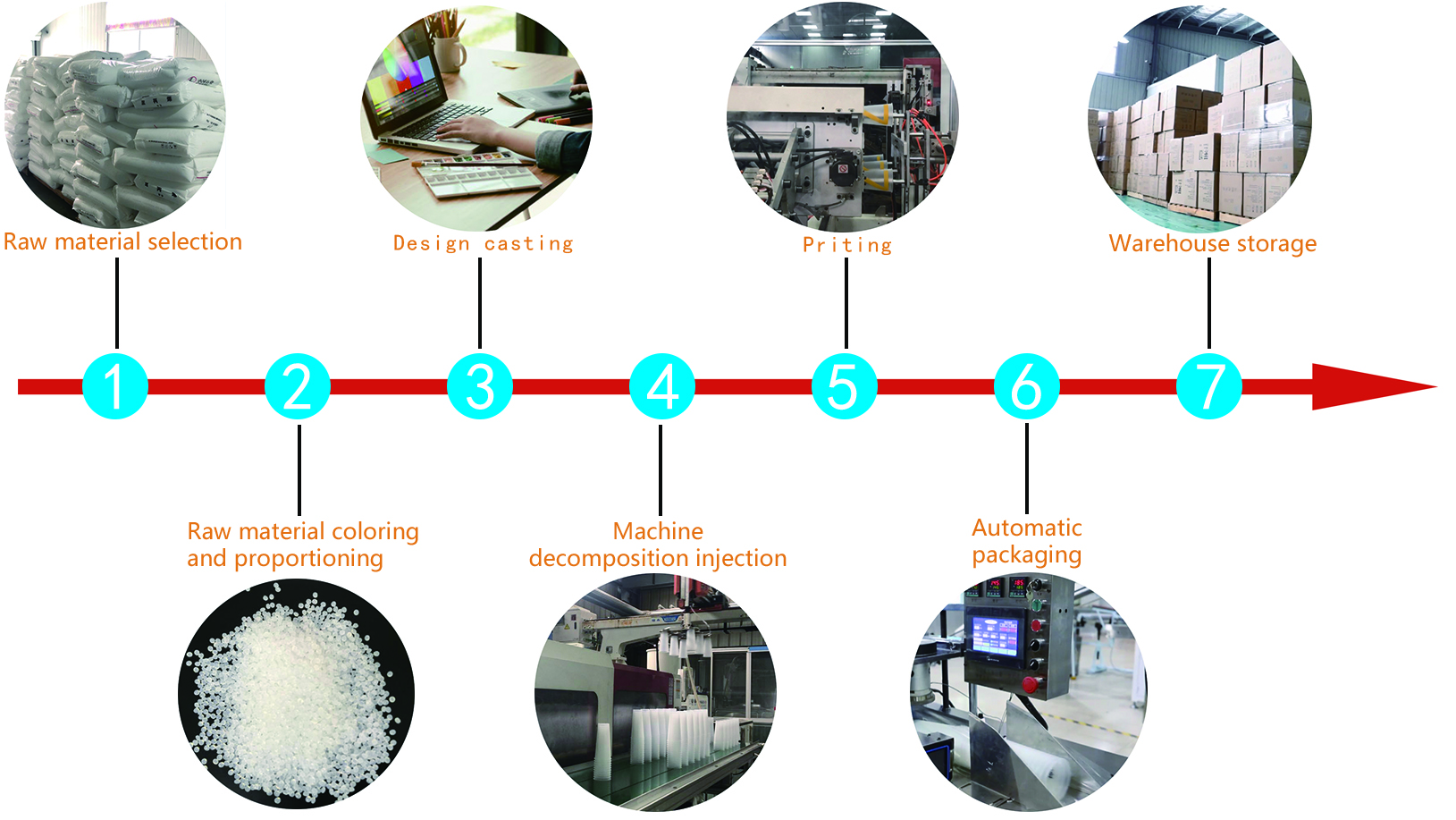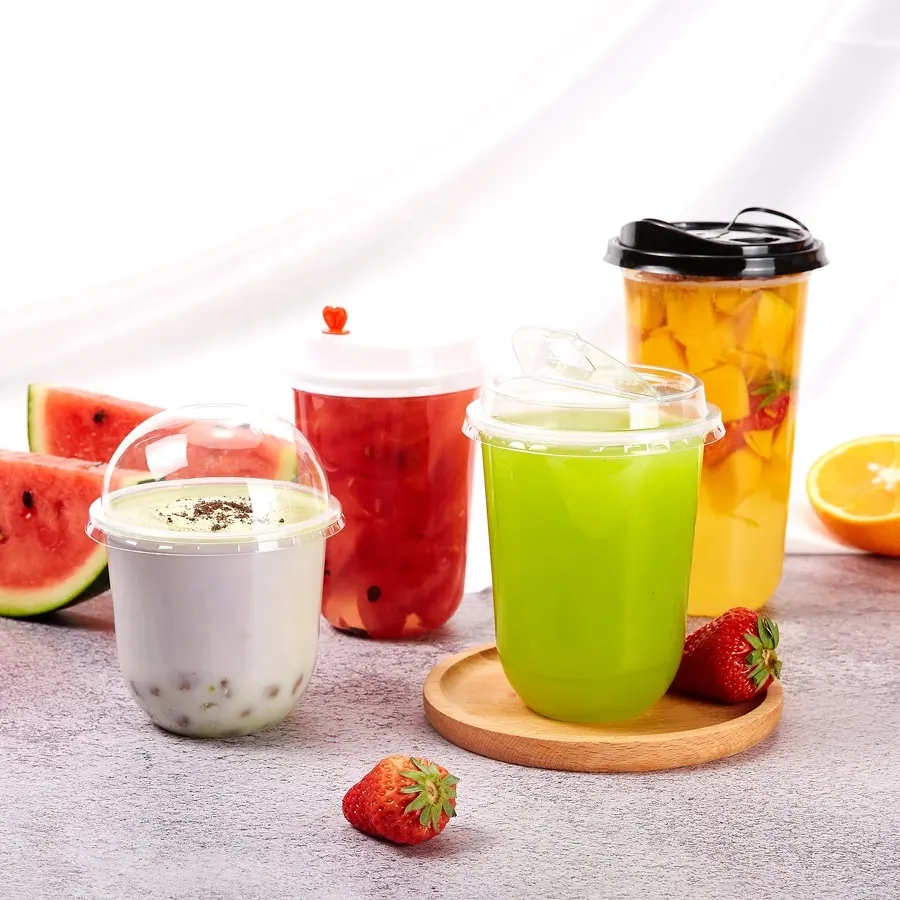Plastic Coffee Cups: A Roadmap to Sustainable Solutions
Introduction:
Plastic coffee cups have come to symbolize modern convenience and on-the-go lifestyle, but their environmental impact has become a growing concern. As society recognizes the urgency of addressing plastic waste, the coffee industry is at a crossroads, seeking sustainable solutions without compromising the ease and practicality of plastic cups. In this article, we will explore the roadmap towards sustainable alternatives for plastic coffee cups, paving the way for a greener and more responsible coffee culture.
1. Eco-Friendly Materials:
The first step towards sustainability lies in the materials used to create plastic coffee cups. Manufacturers are exploring innovative options like plant-based plastics and biodegradable materials. By shifting away from traditional petroleum-based plastics, these eco-friendly alternatives offer a way to reduce the cups’ environmental impact and move towards a circular economy.
2. Recycling and Upcycling Initiatives:
A crucial aspect of sustainability is efficient recycling and upcycling of plastic coffee cups. Improved recycling programs and facilities can divert cups from landfills and minimize their contribution to plastic waste. Additionally, upcycling initiatives can transform used cups into new products, giving them a new life and reducing the demand for virgin materials.
3. Reusable Solutions:
Promoting the use of reusable coffee cups is another vital strategy to achieve sustainability. Reusable cups made from materials like stainless steel, glass, or durable plastics offer a practical and eco-friendly option for coffee enthusiasts. Coffee shops can incentivize customers to bring their reusable cups, fostering a culture of sustainability and reducing single-use plastic consumption.
4. Designing for Sustainability:
Innovative cup design can play a significant role in achieving sustainability goals. Designers are exploring ways to minimize material usage, incorporate recyclable components, and create durable cups that stand the test of time. By prioritizing sustainable design principles, plastic coffee cups can become a more responsible choice for consumers.
5. Consumer Awareness and Education:
Raising consumer awareness about the environmental impact of plastic coffee cups is crucial in driving change. Educating coffee lovers about sustainable alternatives and the importance of responsible waste management empowers them to make conscious choices. By supporting businesses that prioritize sustainability and advocating for change, consumers can be powerful agents of positive transformation.
6. Collaborative Efforts:
Achieving sustainability in the coffee industry requires collaboration among all stakeholders. Governments, businesses, consumers, and environmental organizations must work together to develop and implement policies and initiatives that address plastic waste. By aligning efforts, we can create a more sustainable future for the coffee culture and the planet.
Conclusion:
Plastic coffee cups have undergone a transformational journey towards sustainability, with innovation, design, and collaboration as guiding principles. The roadmap to sustainable solutions involves embracing eco-friendly materials, recycling initiatives, reusable options, and consumer education. As we navigate this journey, let us work together to strike a balance between convenience and environmental responsibility, ensuring that the pleasure of coffee consumption remains in harmony with the well-being of our planet. With sustainable alternatives, we can reimagine the future of plastic coffee cups and make a positive impact on the world around us.















